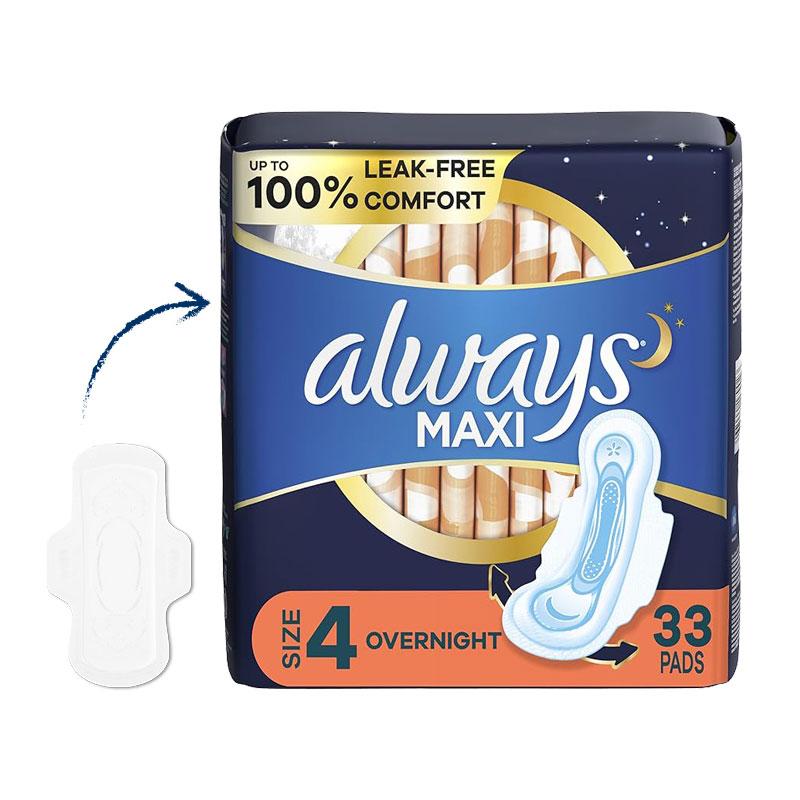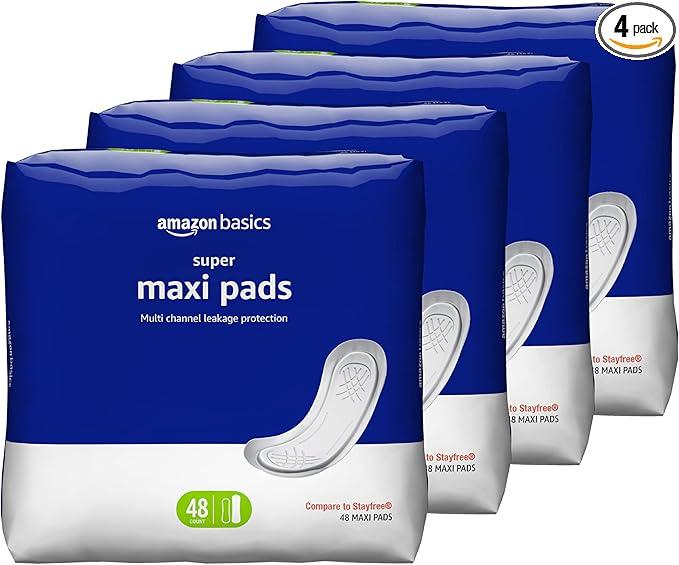Author:Tansox Packaging Poly Bags Manufacturer TIME:2025-03-21
The packaging of sanitary pads plays a crucial role in maintaining product hygiene, ensuring user convenience, and enhancing brand appeal. Choosing the right packaging materials is essential for protecting the pads from moisture, contamination, and physical damage while also ensuring sustainability and cost-effectiveness. This article explores the best material choices for sanitary pad packaging, considering factors such as barrier properties, eco-friendliness, durability, and user experience.

The packaging of sanitary pads is not just about aesthetics; it directly impacts the product’s usability and shelf life. Effective packaging should:
Protect pads from external contaminants and moisture.
Maintain product integrity during storage and transportation.
Offer ease of use and resealability for consumer convenience.
Align with sustainability goals by reducing plastic waste.
Enhance brand identity and attract consumers with appealing designs.
Selecting the right materials for packaging of sanitary pads is essential for ensuring product efficiency. Below are some of the most commonly used packaging materials:
Plastic films and pouches are widely used in the packaging of sanitary pads due to their affordability, flexibility, and durability. The most common plastics include polyethylene (PE) and polypropylene (PP), which offer:
Moisture resistance to protect pads from humidity.
Lightweight properties for easy handling and storage.
High flexibility, making it suitable for individual pad wraps and bulk packaging.
However, traditional plastic packaging has environmental concerns due to its non-biodegradable nature, leading manufacturers to seek sustainable alternatives.
With increasing environmental awareness, many brands are adopting biodegradable materials for packaging of sanitary pads. These materials include:
Biodegradable plastic films made from plant-based polymers.
Compostable paper wraps that decompose naturally.
PLA (polylactic acid) packaging, derived from corn starch, offering both durability and biodegradability.
These eco-friendly solutions help brands reduce their carbon footprint while appealing to environmentally conscious consumers.

Paper packaging is gaining popularity in the packaging of sanitary pads due to its recyclability and natural feel. The benefits of paper-based packaging include:
Recyclability: Paper can be repurposed, reducing landfill waste.
Breathability: Allows for air circulation, preventing odor buildup.
Customizability: Can be easily printed with branding and product information.
However, paper packaging requires a protective coating to prevent moisture absorption, ensuring the pads remain dry and intact.
For premium and highly sensitive sanitary pads, packaging of sanitary pads using aluminum foil offers superior protection. The advantages include:
Moisture and light barrier: Ensures maximum hygiene and longevity.
Tamper-evident properties: Enhances product security.
Premium appearance: Often used for high-end sanitary pad brands.
While aluminum foil provides excellent protection, it is more expensive and less environmentally friendly compared to biodegradable options.
Laminated packaging involves multiple layers of materials, such as plastic, aluminum, and paper, to optimize the packaging of sanitary pads. Benefits include:
Enhanced strength and durability.
Customizable designs for brand differentiation.
Effective moisture and odor control.
Many manufacturers are now exploring recyclable laminated materials to balance efficiency and sustainability.
When selecting the right materials for the packaging of sanitary pads, manufacturers should evaluate the following factors:
1. Barrier PropertiesPackaging should provide strong resistance against moisture, air, and external contaminants to ensure product hygiene and longevity.
2. SustainabilityWith increasing regulations and consumer demand for eco-friendly packaging, brands should opt for biodegradable, recyclable, or compostable materials.
3. Cost-EffectivenessWhile premium packaging materials offer superior protection, they may increase production costs. Finding a balance between affordability and efficiency is crucial.
4. User ConveniencePackaging should be easy to open, reseal, and carry. Resealable pouches and individual wraps enhance usability for consumers.
5. Brand AestheticsVisually appealing packaging with vibrant prints and clear branding helps products stand out in the market. The material should support high-quality printing for effective marketing.

The packaging of sanitary pads is a vital aspect of product development, influencing hygiene, sustainability, and consumer experience. Manufacturers must choose materials that provide optimal protection, align with environmental goals, and enhance brand appeal. Whether opting for biodegradable films, paper-based wraps, or multi-layer laminates, the right packaging solution ensures efficiency while meeting consumer demands. By integrating innovative and sustainable packaging solutions, brands can position themselves as industry leaders in both product quality and environmental responsibility.